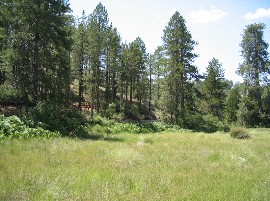Website of K. Georghiou
Red Data Book
Fieldwork
Fieldwork began in February 2003 and officially ended in November 2005; however data was collected until March 2007. It must be noted that after the start of the programme access to the occupied areas became possible, which allowed the project to expand over the whole island, but which also dramatically increased the workload. Data collection for the plants in the occupied areas was not as efficient due to lack of time, the unknown field and the multitude of inaccessible military areas.
The Field Data Form used included: date, authors, topographic data including co-ordinates, plant habitat and plant community, number of mature individuals, threats, a sketch of the location and other useful information. Extent of occurrence and area of occupancy were obtained by GPS and plotted by GIS, and these parameters were estimated with good precision for most plants. The number of missing locations was minimised and new locations with suitable habitats were searched for most of the plants. The estimation of population size was made by exact count of the plants in small subpopulations (up to 2,000-3,000 individuals). In larger subpopulations, estimation with a statistically sound sampling design was not possible due to the large number of plants and time limits. As a result, a visual estimation was made, usually in scale (e.g., 2001-3000). This method is subjective but error is minimised when applied by experienced researchers.

Red Data Book | Aim | Cyprinia | Fieldwork | Results | Presentation and Description of Plants

